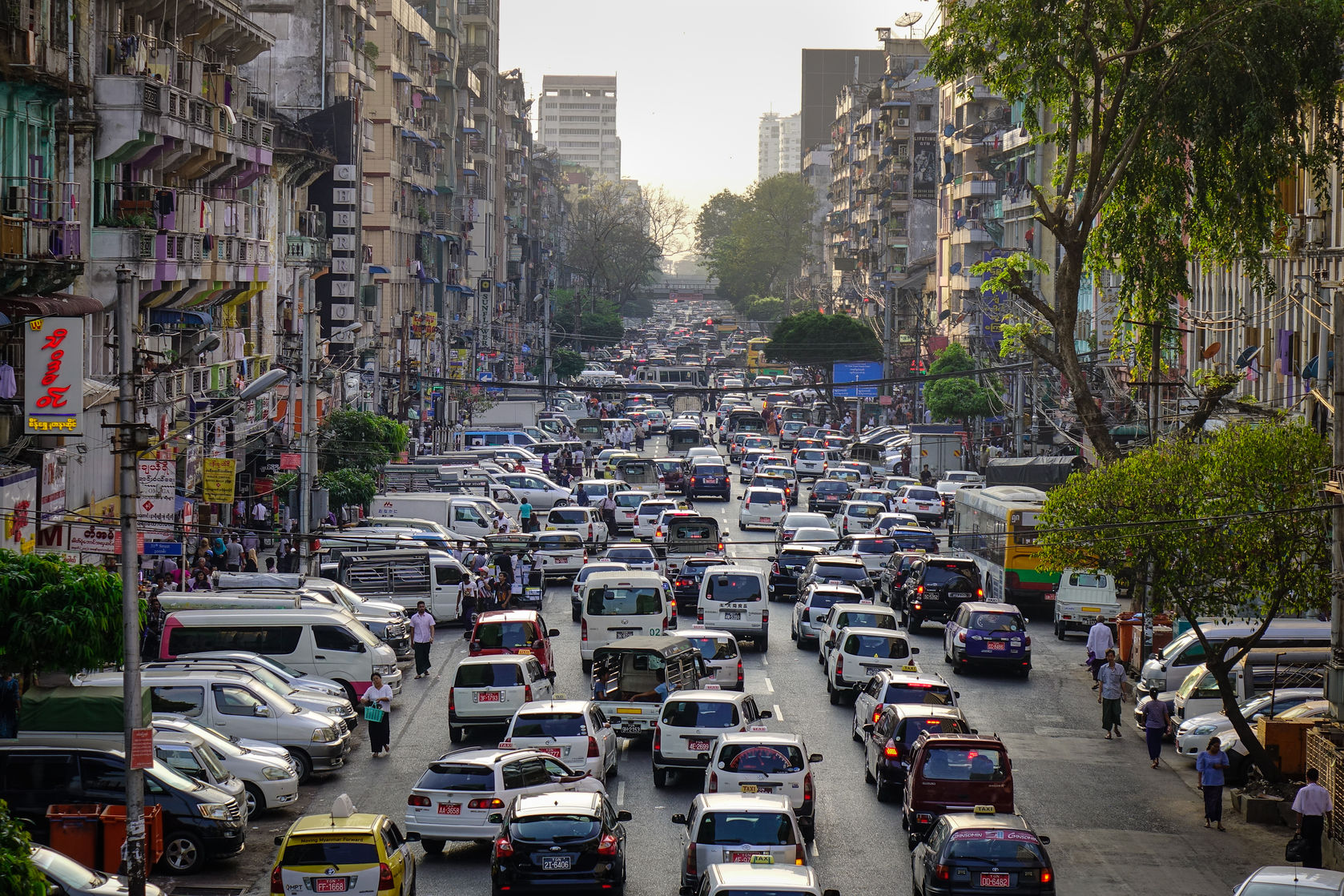6 April, 2018
Following the passing of the amendments to the Myanmar Mines Law of 1994 through the enactment of Law No. 72/2015 on 24 December 2015 (the "Mines Law Amendments"), the Ministry of Natural Resources and Environmental Conservation1 (the "MNREC") passed the much anticipated Myanmar Mines Rules under Notification No. 13/2018 dated 13 February 2018 (the "Mines Rules"), repealing the previous mines rules passed in 1996.
Mines Law Amendments: A recap
As noted in our Myanmar alert on the Mines Law Amendments, key changes brought by the Mines Law Amendments include:
- Increasing the maximum production permit period, for large scale production projects only, to 50 years;
- Giving exploration permit holders a clear right to production permits;
- Allowing joint ventures, between foreign investors and local investors, in the case of small and medium scale production projects upgraded to become large scale production projects;
- Specifying the criteria for determining size of individual production permit areas; and
- Providing a guaranteed right to production permit for those who have successfully carried out prospecting and exploration and completed a feasibility study.
Clarifications provided by the Mines Rules
The Mines Rules in providing further guidance and in addressing certain regulatory concerns are important additions for the creation of the necessary legal and regulatory environment conducive to investment in the mining industry. Despite the publication of the Mines Rules, there remains concerns and uncertainty, which will need to be borne in mind. Some highlights (non-exhaustive) of the Mines Rules are:
Procedures for application of relevant permits
The Mines Rules set out certain procedural requirements for the application for various mining or mining-related permits, including:
(1) prospecting permits;
(2) exploration permits;
(3) feasibility study permits;
(4) large scale production permits;
(5) medium scale production permits;
(6) small scale production permits;
(7) subsistence scale production permits;
(8) mineral treatment permits;
(9) mineral trading permits; and
(10) integrated operations permits (i.e. if more than one of the regulated activities related to the foregoing permits are to be carried out). In a sensible move to streamline the process, the Mines Rules provide that production permit holders will be able to conduct mineral treatment and mineral trading, without requiring specific permits.
In relation to permitting, there is, however, a general lack of clarity on whether the operations of a permit holder pursuant to the previous rules will be grandfathered, and if so, how such grandfathering mechanism might work. Taking into account the substantial investment associated with mining operations, provision of grandfathering relief would provide comfort not only to permit holders, but also to prospective investors that their investments would be reasonably protected from changes in legislation. Crafting and pragmatic implementation of well-measured policies and regulations, which take into account various needs of the stakeholders, could bolster investor confidence and revitalize the Myanmar mining industry.
Permitted area and tenure
The Mines Rules contain various additional details which investors may be interested to know in relation to permitted area and tenure. For example, they provide that the "permitted area" for "large scale mineral operations plot" (i.e. area to be used for prospecting, exploration, feasibility study, and/or (large scale) production) shall be from 1 square kilometre to 2100 square kilometres, and for "medium scale mineral operations plot" (i.e. area to be used for prospecting, exploration, feasibility study, and/or (medium scale) production), it shall be 1 square kilometre.
The Mines Rules also contain details related to the tenure of various mining permits. For example, while the Mines Law Amendments state that the maximum production permit period for a large scale production project is from 15 to 50 years, the Mines Rules clarify that subject to relevant authorities' approvals, the tenure of such a permit may only be renewed for a maximum of 5 years per renewal. Concerns will likely remain that investors may only receive 15 years initially when they are issued with a production permit for a large scale production project, thereby obliging them to seek non-guaranteed successive renewals thereafter. This could substantially dilute the otherwise perceived benefit of a 50 year production permit period for large scale production projects.
Focus on environmental considerations
Investors should note that environmental considerations are given priority at the various levels of mining-related operations. Depending on the type of permit applied for, an investor may be required to submit various instruments for managing environmental impacts, such as Initial Environmental Examination, Environmental Impact Assessment (EIA) and/or Environmental Management Plan ("EMP"). Such instruments are to be prepared according to the requirements and guidance of the MNREC and in compliance with various legislations.
The Mines Rules also state that permit holders shall be responsible for all expenses relating to environmental conservation. In this regard, the Mines Rules envisage permit holders to set-up an environmental conservation fund at a Myanmar state-owned bank, with the amount of contribution to be based on the relevant EMP for mineral exploration, mineral production and/or mineral processing. In addition to the foregoing funds, the Mines Rules also provide that the permit holders shall separately contribute the prescribed fees to the Environmental Management Fund formed pursuant to the Environmental Conservation Law. Lastly, the permit holders must set-up and contribute to a mines closure fund at a Myanmar state-owned bank.
Processes to ensure environmental protection and sustainability should incontrovertibly form integral aspects of any mining legislation, and in drafting the Mines Rules, the Myanmar authorities rightly gave considerations to such environmental and sustainability issues. However, policy makers should ensure that mandating too many processes and requirements (in general and not just limited to those concerning the environment or sustainability) do not deter or hinder investors, and limit economic opportunity or development. Such processes and requirements must be reviewed on an ongoing basis taking into account every relevant aspect, including economic and environmental needs, the perspectives of various stakeholders, and international practices and standards. Ultimately, sensible pragmatic policies and practice would yield efficient and effective strategies for achieving the desired economic and environmental objectives, and foster joint gains in environmental protection and economic growth over the long term.
Investor outlook
We end our update with our previous observation that an "ounce of prevention is worth a pound of cure" and nowhere is this clichéd axiom truer than in assessing investment opportunities in Myanmar. Investors should carefully evaluate the risks and returns of the potential investment, as mistakes made early on in the process can have significant and costly consequences down the road.
1 The Ministry of Natural Resources and Environmental Conservation is a relatively new ministry, which was formed in 2016 following the merger of the Ministry of Mines and the Ministry of Environmental Conservation and Forestry.
For further information, please contact:
Tom Platts, Partner, Stephenson Harwood
tom.platts@shlegal.com

.jpg)





